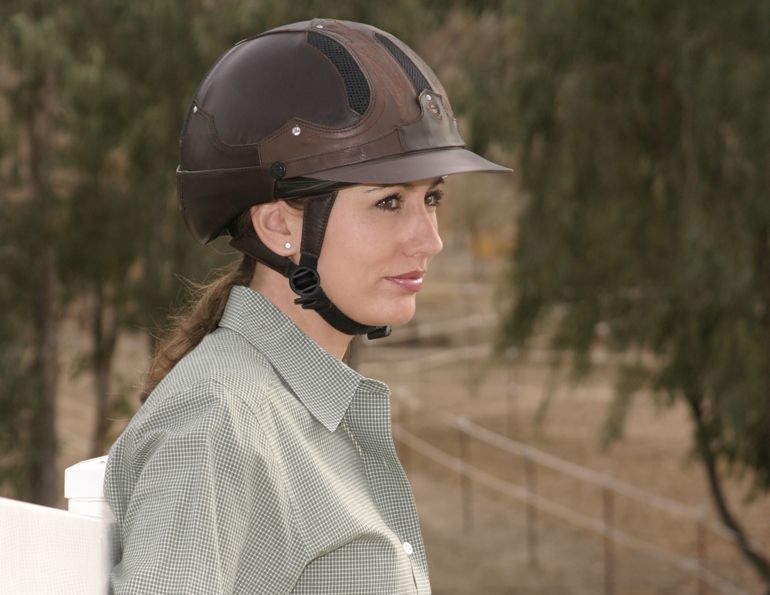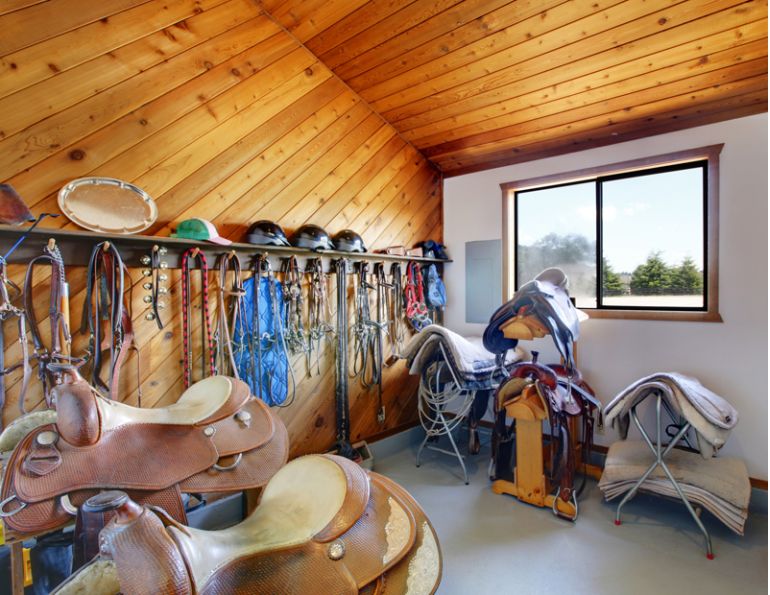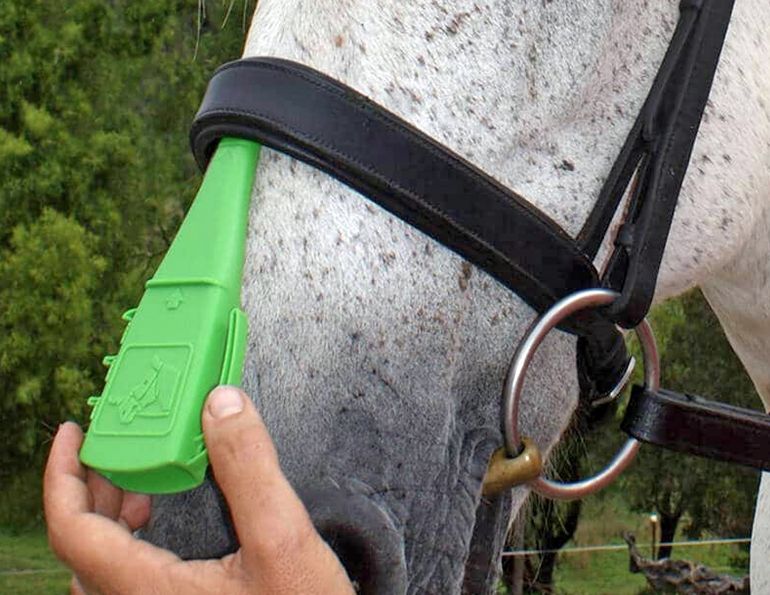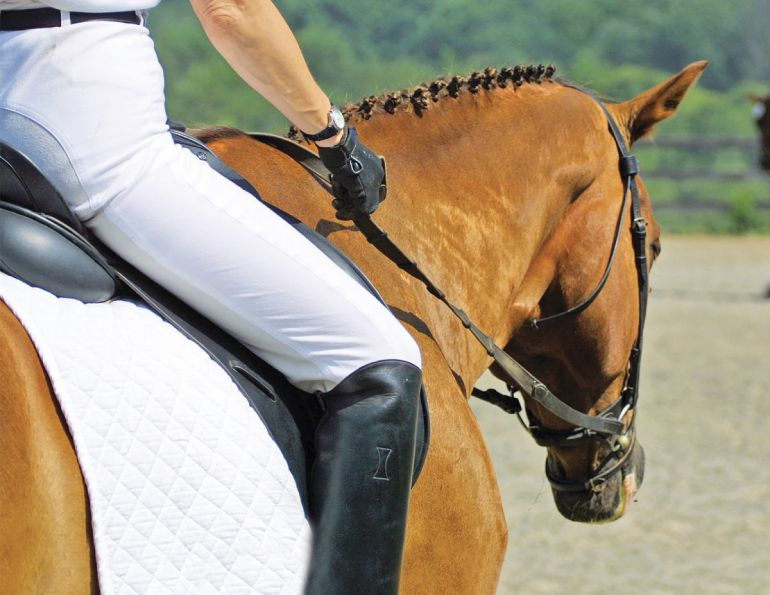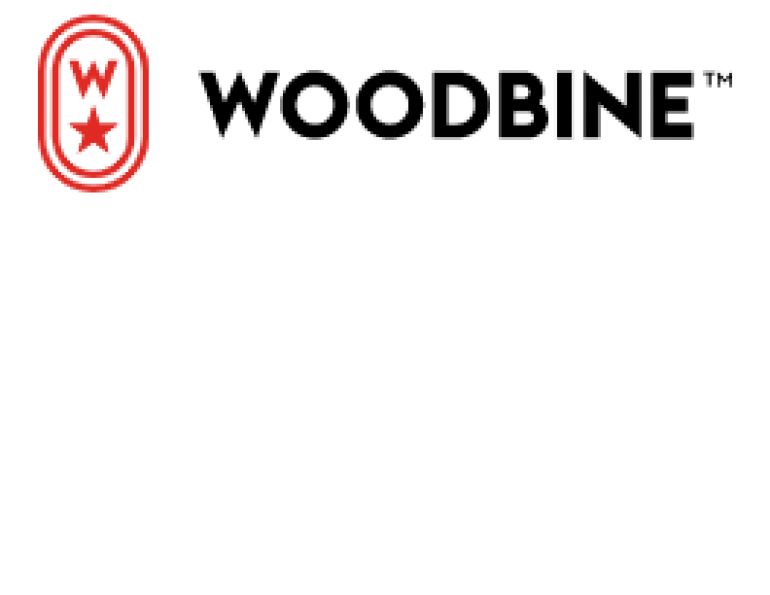By Anna Carner Blangiforti, President & Founder, Leather Therapy Products
Survivors of reality TV shows and lottery winners aside, most of us live and spend within the confines of some sort of budget. So everyone loves a bargain that stretches our dollars farther. Truth to tell, however, not every bargain is always a good buy. When it comes to long-term satisfaction, spending a little more to get good quality often proves the better bargain.
Tack is a good example. I get letters and e-mails from people whose tack has turned green the first time they cleaned or oiled it. Or they have tried every product on the market and still can’t get rid of an offensive odor. Or they just can’t get their stiff, new leather to feel supple. Or the leather is stretching oddly, producing wrinkles where there shouldn’t be any and elongated holes that no longer hold buckle tongues securely.
Sadly, I have to tell these people that there is no leather care product that can “cure” these problems. Tack made from hides that were poorly tanned in caustic solutions, made from hides given bad dye jobs, made using leather cut from the stretchy belly portion of a hide, or made cutting any other manufacturing corners cannot be improved by after-market cleaners or conditioners. If you buy tack at a bargain price, be prepared to get what you pay for.
Here are some tips for choosing quality leather tack:
• Look for supple leather. New leather may be stiff but it should feel supple and bendable, never stiff or dry. When the leather is bent back and forth, there should be no large cracks or fissures opening and closing. The unfinished side of the hide should be free of ragged fibres, cuts, or thick and thin spots.
• Trust your nose. New leather should have an agreeable smell. An “off” odor is the first hint of leather that has been tanned quickly and inexpensively. The smell or sight of mold or mildew means that the tack has been improperly stored and cared for somewhere along the line. A slight whitish, oily bloom is no cause for alarm, however. It’s just a bit of the leather’s tanning oil that has migrated to the surface and oxidized.
• Check the dye job. Some tack, such as saddles, may be made from different kinds of leather. Over time, these may change color at different rates as they are affected by sun, conditioners, and body oils. They should, however, match as closely as possible when the tack is new. Dark color dyes can hide lower quality and poorly matched leathers. Glazes coat leather and can make a cheaper leather look good in the tack shop. When they begin to rub off, however, the leather will develop a mottled appearance. Glazes also make it difficult for conditioners to penetrate into the leather’s corium.
• Check the details. Leather and labour are the two major resources it takes to make leather riding equipment. It makes no sense to use quality workmanship on poor quality hides. Fine, even stitching (less than 12 stitches to the inch) with all ends neatly finished and tucked in is a hallmark of good workmanship and quality tack. So are edges that have been skived and burnished or rubbed until they are round and hard before being dyed. Look for durable hardware with strong steel tongue buckles and rounded edges that won’t cut into the leather.
The next time you are shopping for tack, remember that when it comes to long-term satisfaction, quality is the best bargain. That holds true for leather care products, too. Premium products may look expensive at first glance, but they can save you both money and time in the long run.
Buying products blended to extend the life of your leather means you’ll replace your tack less often. That’s a very real savings. Many traditional leather care products have a pH that can weaken the leather’s internal bonds. Others contain petroleum derivatives that can darken leather, rub off on clothes, and don’t penetrate as deeply among the leather’s fibres as emulsions that duplicate the fat liquors used in tanning. It often takes less of a better quality product to do the job so its cost over time isn’t as high as that first look at the shelf sticker prices might suggest.
What’s music to most riders’ ears, however, is that their choice of leather care products can save them time. Premium products allow you to do the same job in less time by saving steps or working faster. Neutral pH cleaners that float away dirt may be more expensive than traditional saddle soap, for example, but there’s no rinsing, no need to scrub residues out of stitching lines. The suppling and lubricating effects of a penetrating conditioner lasts longer than that of conditioners that just lay on the leather’s surface. You not only need to condition less often but you also eliminate the extra step of wiping sticky residues out of stitching lines.
The next time you’re tempted to save a few pennies buying a bargain right now, ask yourself honestly if it’s still going to be a bargain tomorrow or next week.
Anna Carner Blangiforti is the President and Founder of Leather Therapy. Leather Therapy uses proprietary and patented formulas to create a complete range of leather care products that have consistently outperformed competition in independent comparison tests. To learn more about Leather Therapy, visit www.leathertherapy.com.
Main Article Photo: Robin Duncan Photography










